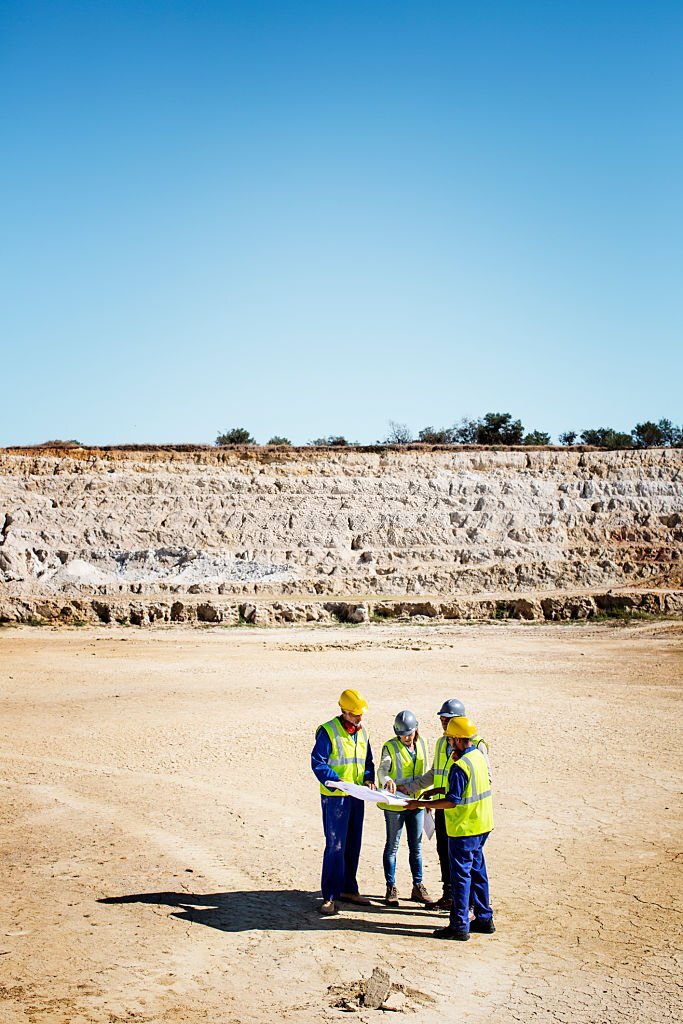Environmental due diligence, specifically a Phase I Environmental Site Assessment, is an important stage in picking the suitable site for a new project, whether domestic, industrial, or large-scale land construction.
The location, the building’s structural soundness, or the commercial property price could all be the developers, investors, and users’ primary concerns, but conducting the required environmental due diligence is an essential component of investigative work and possibly the most significant one.
Highlights Of The Phase I Environmental Site Assessment
Such evaluations are also referred to as Phase I ESAs which are conducted by a respective environmental consulting firm. With all that, the research required to describe a property’s present and past usage is finished. Each of these evaluations is a component of a corporate real estate deal.
The report will assess the current property to determine if the soil or groundwater beneath the buildings poses a hazard to the environment or public health and safety.
Any problems found may put the owner or lender in jeopardy regarding liability. In addition, the property’s aftermarket can also drop along with it. But when a Phase I ESA is carried out before the completion of a real estate deal, it generally meets all those conditions of CERCLA (Comprehensive Environmental Response, Compensation and Liability Act).
What Is The Purpose Of A Phase I Environmental Site Assessment?
If you contaminate a site, you are responsible for cleaning it up, which is one of the main provisions of this act.
However, it’s not always that easy. Imagine you purchased a property and later learned it was contaminated. That firstly indicates that ‘Phase I’ wasn’t completed. Second, who will clean up this mess, you might ask yourself? Guess what? You are now in control of it.
That’s correct; you are in charge of the remediation if you didn’t go through the exact, lengthy process of looking into the property’s current and previous uses and any possible environmental contamination. The legislation is written that way, and you have no standing to sue anyone.
However, You might not be liable for clean-up expenses at your facility if your Phase I was carried out in compliance with AAI standards. Therefore, you may have some security in this case if you perform Phase I.
When Do You Need One?
Every time potential site contamination is detected, the Environmental Protection Agency (EPA) advises performing a Phase I Environmental Site Assessment. However, it is wise to consider that any site could have toxins from any period of its previous industrial or commercial usage.
Inspections are frequently carried out at the start of brownfield redevelopment projects, which aim to convert dilapidated or deserted industrial or commercial properties into useful properties that benefit the neighborhood.
Governments occasionally take donated goods. However, before receiving the donation, a Phase I ESA must be finished to ensure no issues. Additionally, for a site to be eligible for EPA Assessment funds, a Phase I ESA must be finished before taking ownership.
What Happens After A Phase I ESA Is Completed?
You are done with all evaluations after the Phase I ESA is finished. The report’s conclusions will ultimately determine this, though. Sometimes, a Phase 2 or 3 evaluation will be necessary to determine the precise property transaction needs.
A Phase 2 examination must be carried out for any probable contamination. Additionally, some governmental organizations and lenders could ask for additional extensive research reports.
A Phase 2 ESA evaluation is necessary once pollutants are found on the site. The report assesses if petroleum products or hazardous pollutants are damaging the property. Professional and certified engineers and geologists typically carry out these tests. The ground will be sampled, and specimens will be checked for such compounds’ presence.
A Phase 2 ESA evaluation will include background information on the geology and regulatory environments in the report. The tests’ results will also be used to analyze the property’s chemical and geological data.
With such evaluation, the property will be assessed appropriately, regardless of whether it poses a risk to the company. However, like Phase 1 investigations, the ESA stage can take a few weeks to months to finish the tests.
The Bottom Line
Municipalities may cut project costs, receive grant funds, and complete the project while complying with local, state, and federal standards by partnering with the proper environmental engineering company to execute a Phase 1 Environmental Site Assessment.
The EPA gives out funds for assessments every year to help with the costs of inspection and remediation. Your project can be a great candidate for various degrees of success if you have the assistance of an experienced consultant during the application procedure.
Strong relationships are necessary for brownfield restoration. The professionals at GC Environmental can help your town decide when a Phase I Environmental Site Assessment is necessary if you are planning to initiate a brownfield restoration project.

